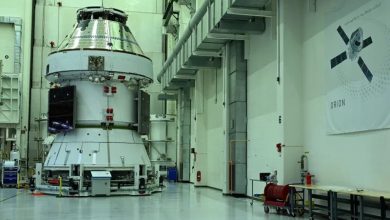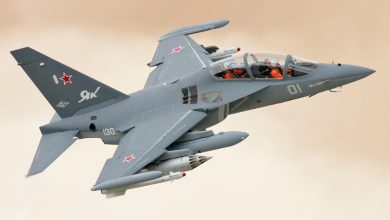
Boeing’s T-7A Red Hawk Soars: A Historic Milestone Achieved!
In a remarkable milestone, the front fuselage of the inaugural Boeing [NYSE: BA]-Saab T-7A Red Hawk advanced training aircraft was seamlessly connected to its aft section in under 30 minutes — showcasing the digital legacy of the U.S. Air Force’s pioneering “eSeries” jet and highlighting the advantages of model-based engineering and 3D design.
The digital joining was accomplished in 95% less time compared to conventional methods and with significant enhancements in quality.
“This event signifies a pivotal moment in the advancement of the T-7A Red Hawk,” stated Chuck Dabundo, vice president and program leader of Boeing T-7 initiatives. “Utilizing cutting-edge digital fabrication and assembly techniques refined by Boeing over the last two decades, we are expediting the availability of this trainer for future aviators with superior quality.”
The rear fuselage was crafted and constructed by Saab in Linköping, Sweden, as part of a collaborative development agreement with Boeing. After traveling over 4,500 miles (7,200 kilometers) to St. Louis, the rear section was expertly aligned with the front fuselage by Boeing aircraft technicians.
The aircraft, designated for static testing, is the first engineering and manufacturing development test asset to be assembled. It will be succeeded by five engineering and manufacturing development jets as part of the total of 351 T-7A Red Hawk trainers set to be produced for the U.S. Air Force.
“What we are observing in this latest evolution of digitally designed, engineered, and manufactured aircraft is a 50% enhancement in overall production quality and up to a 98% decrease in drilling defects,” remarked Andrew Stark, Boeing T-7A Red Hawk production director. “It represents a novel methodology for aircraft production with elevated quality at every stage.”






